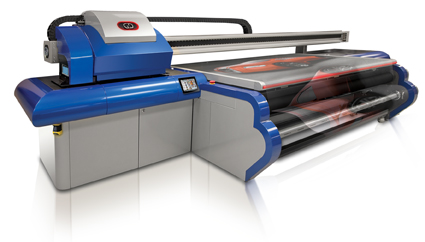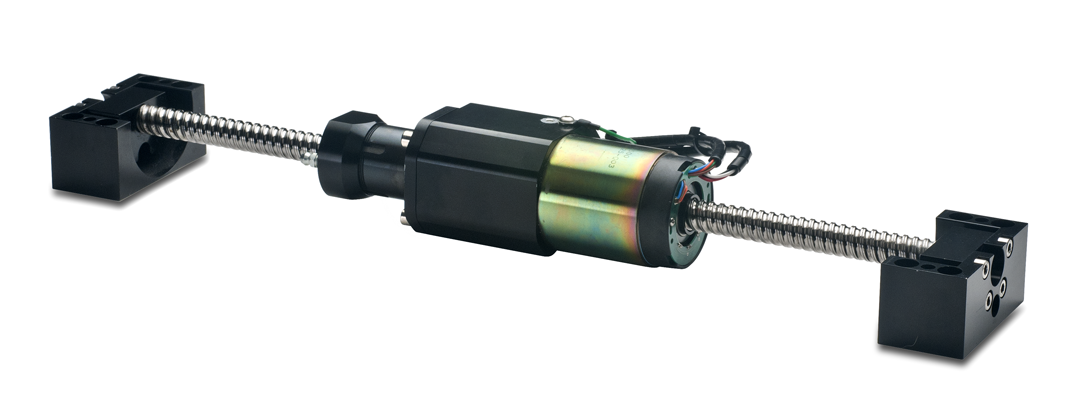
ServoNut Replaces Linear Motor On Large Format Printer
With all the advances in digital printing technologies in recent years, today's large format printers can create visually stunning signs and displays. Yet even the highest-resolution print mechanism is only as good as the actuator that positions it.
Gandy Digital recognized the crucial role that actuators play when it designed our ServoNut Power Module into the table axis of a groundbreaking new printer called Pred8tor.
This new printing system is a lightening-fast, UV flatbed printer with the ability to handle sheet up to 4x8 ft as well as roll stock. “Our new machine prints high-resolution 900 dpi photographic quality images with inline white or clear, and is the first commercially available high-speed UV true flatbed grayscale printer,” says senior software engineer Bryan Hackney.
According to Hackney, precise motion control is a critical aspect of achieving that print quality. Pred8tor's two main motion axes include the print table, which moves forward and backward, and the print head, which moves left and right. In earlier printers, linear motors were used on both axes. While using a linear motor on the high-speed print head axis works as expected, this approach caused several undesirable issues on the table axis. For one, the use of a linear motor on the table axis requires the use of a linear encoder as well — adding several hundred dollars of cost to the bill of materials. The linear encoder is also difficult to install and service on this axis, requiring additional downtime during maintenance intervals.
“In some of our earlier printer designs, the linear motor was not quite able to completely hold its position, which had the effect of introducing a small amount of vibration into the system,” explains Hackney. “We knew there had to be a better solution for moving the table axis."
After exploring the available acturator options, Hackney picked our ServoNut Power Module, which mates a high-performance NEMA 23 motor directly onto a zero-backlash precision ball screw.
 With ServoNut, the screw itself remains stationary while the nut is rotated to achieve linear motion, allowing higher speeds and longer strokes than are possible in traditional ball screw applications. A simple rotary encoder supplies position feedback. Compared to using a linear motor, the ServoNut’s low-inertia, high-force driven nut design offers greater load capacity, acceleration and speed, as well as easier installation and lower cost.
With ServoNut, the screw itself remains stationary while the nut is rotated to achieve linear motion, allowing higher speeds and longer strokes than are possible in traditional ball screw applications. A simple rotary encoder supplies position feedback. Compared to using a linear motor, the ServoNut’s low-inertia, high-force driven nut design offers greater load capacity, acceleration and speed, as well as easier installation and lower cost.
“By specifying the ServoNut module into the Pred8tor, we were able to avoid using a linear encoder, which saves us a few hundred dollars per machine and simplifies installation,” explains Hackney. “We also avoid the inertial mismatch we were finding in some of our previous large format printers. Later this year, Gandy Digital will introduce an even larger format machine than the Pred8tor, and we’ll be using other Bell-Everman components in that printer as well.”
Need more information about Gandy's use of our ServoNut actuator? Download this new technical paper.
